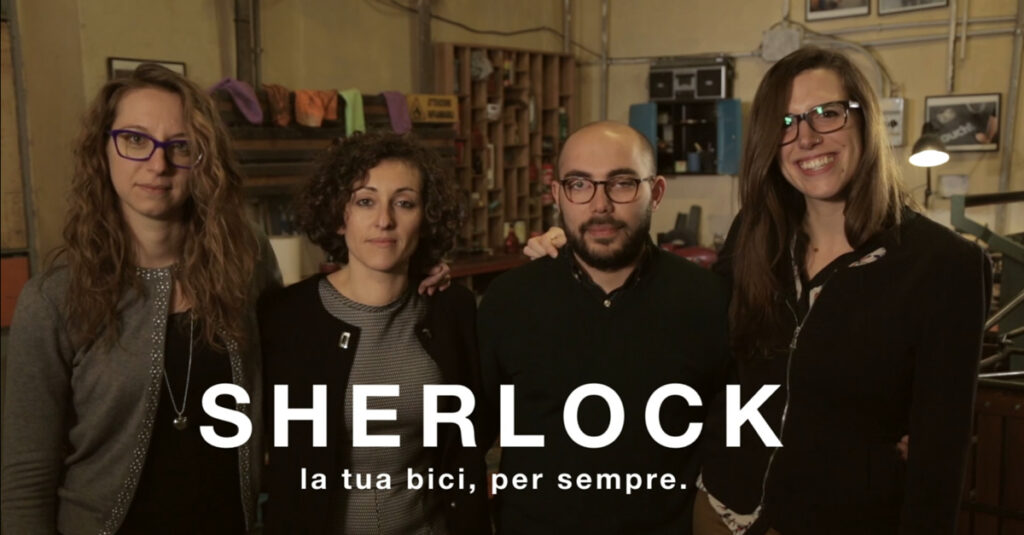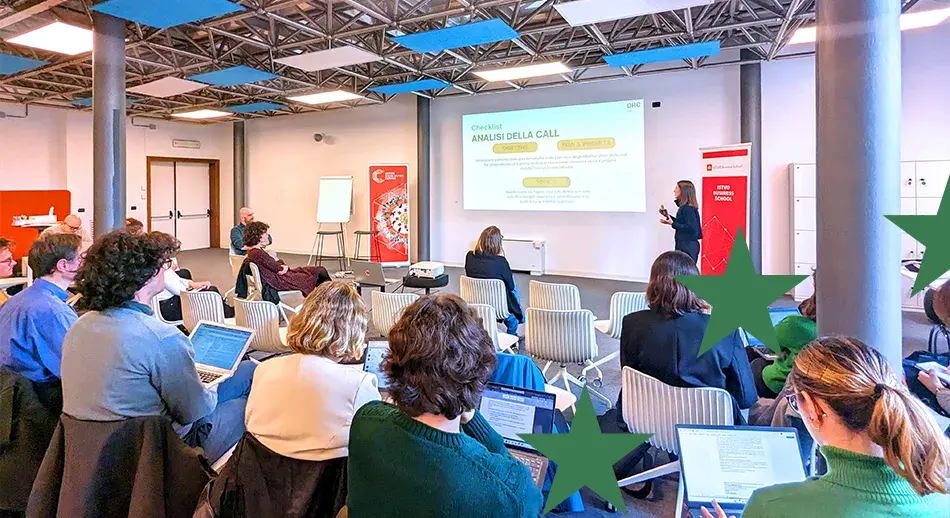Each year more than 3 million bicycles are stolen in Europe. In Italy alone 350,000, with a turnover of around 100 million euros.
To the theft of their bicycle there are those who react with resignation, buying a new one; or at most investigating, among flea markets and second-hand ads, its disappearance.
But there are also those who have turned their misfortune into an opportunity by thinking of and making an anti-theft device with built-in GPS to know the location of their two-wheeler at all times.
The last category includes Pierluigi Freni, Francesca Manna, Marzia Testa and Nathalie Biolcati, the young people who participated in the 2014 edition of the Talents for Enterprise call promoted by the CRT Foundation, creating a startup to develop their idea also through community funding.
Let’s find out together in this interview about their project, Sherlock Anti-theft GPS!
Tell us about your idea: how did it come about? What does it consist of and why is it different from others? What group or organization did you organize it with?
Sherlock is a GPS bike anti-theft device. The idea came from a bike theft and the sense of helplessness generated by seeing something you care about disappear. The device we created allows you to know where your bike is at all times, yet is completely invisible once installed.
Our solution is the result of the work of a close-knit Italian team, created during Fondazione CRT’s Talents for Enterprise project, and we are now incorporated as an innovative startup.
Through which line of European funds did you fund your project?
The launch of our initiative was funded by the European frontierCities project (FI-PPP under FP7), which enabled us to complete development activities and start commercial ones.
What are the main difficulties you encountered in presenting the project?
Certainly, the submission of a European project requires considerable effort to write the proposal, which must be detailed and consistent with the scope of the call, and to deal with the bureaucratic part of management and reporting.
What was most helpful to you when preparing your European project, and what would you recommend to someone who wants to finance their own project with European funds?
A guide to navigating the vast supply of calls announced by the European Commission is a great help in getting started.
Especially since sometimes a project is distorted to fit within a European call for proposals. This is not the correct approach. Instead, you need to find the call that is in line with the natural evolution of your project and can really make a difference.
Do you also have a successful European design story you would like to tell? Share it on the blog or on the official Guide to EU Projects and Funding Facebook page!




